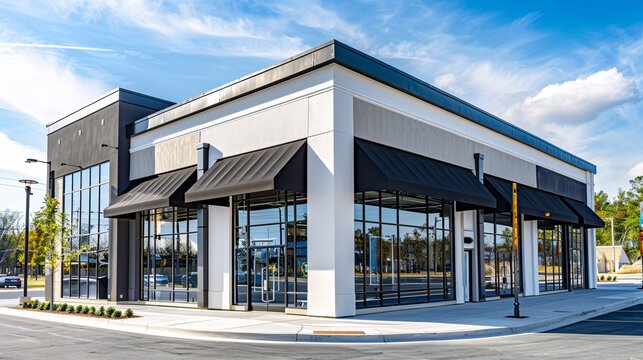Understanding the cost is crucial when planning the demolition of a commercial building, as it influences the overall project budget. The expense of demolishing a commercial structure can vary widely depending on multiple factors. We will explore how to effectively assess these costs, considering essential elements such as the building’s size, materials used, environmental considerations, and local regulations. By understanding these components, you can better prepare for the financial implications of your demolition project and ensure a smoother process.
Evaluating Building Size and Complexity
One of the primary factors affecting the cost of commercial building demolition is the size and complexity of the structure. More significant buildings or those with complex designs will generally incur higher costs due to the increased labor, equipment, and time required. For example, demolishing a high-rise office building will typically be more expensive than a single-story retail space. The complexity of the building also plays a role; structures with multiple floors, unique architectural features, or complex internal layouts may require more extensive planning and specialized techniques to safely and efficiently dismantle.
Assessing the size of the building involves measuring its total square footage and understanding its height. The greater the square footage, the more resources are necessary to complete the demolition. Similarly, buildings with additional features, such as basements or sub-levels, will require more effort and cost. Additionally, any hazardous materials or complex structural elements can complicate demolition, further influencing the overall cost.
Analyzing Building Materials
The types of materials used in building construction significantly impact the demolition cost. Buildings constructed with concrete, steel, or other heavy materials generally require more intensive machinery and labor for removal than wood or lightweight materials. The cost of disposing of different materials can also vary. For instance, concrete and metal may need to be sorted and recycled separately, which adds to the expense.
Additionally, hazardous materials such as asbestos or lead can greatly increase demolition costs. Special procedures and safety measures are required to handle and dispose of these materials, which can involve higher labor and waste disposal fees. Evaluating the types of materials present and understanding their disposal requirements is essential for accurately estimating the total cost of the demolition project.
Considering Environmental Regulations
Environmental regulations play a significant role in determining the cost of demolition services. Many regions have strict laws regarding the handling and disposal of construction and demolition debris. Compliance with these regulations often necessitates additional procedures, such as sorting and recycling materials, which can increase the overall cost.
In some cases, demolition projects must adhere to specific environmental guidelines to minimize the impact on surrounding areas. This might include measures to control dust, noise, and debris, which can contribute to higher costs. Additionally, obtaining necessary permits and inspections to ensure compliance with environmental regulations can add to the project’s total expense. It is crucial to be aware of local regulations and factor these into your cost assessment to avoid unexpected expenses.
Evaluating Demolition Methods
The method chosen for demolishing a commercial building can significantly influence the cost. Various techniques are available, including mechanical demolition, implosion, and deconstruction. Mechanical demolition, using heavy machinery like excavators and cranes, is often the most common method and can be cost-effective for specific structures. However, implosion might be considered for high-rise buildings or those in densely populated areas requiring specialized planning and expertise.
Deconstruction, which involves dismantling the building piece by piece to salvage materials, can be a more time-consuming and expensive process but may offer benefits such as reduced waste and potential revenue from recycled materials. The choice of demolition method should align with the specific requirements of the building and the surrounding environment, and understanding the cost implications of each method is essential for accurate budgeting.
Obtaining and Comparing Quotes
To accurately assess the cost of commercial building demolition services, obtaining and comparing quotes from multiple contractors is essential. Each contractor may offer different pricing based on their experience, equipment, and approach to the project. When comparing quotes, consider the overall price and the scope of services included. Some contractors may provide additional services, such as site cleanup or debris removal, which could affect the total cost.
Requesting detailed quotes that break down the costs associated with labor, equipment, disposal, and any additional services will help you make an informed decision. Additionally, seeking references or reviewing previous projects completed by contractors can provide insight into their reliability and the quality of their work, ensuring you select a provider that meets your needs and budget.
Assessing the cost of Bruce Johnson Construction demolition services involves evaluating multiple factors, including the size and complexity of the building, the types of materials used, environmental regulations, demolition methods, and obtaining quotes from various contractors. By carefully considering these elements, you can better understand the financial implications of your demolition project and make informed decisions to manage costs effectively. We explored these aspects thoroughly to ensure a clear and comprehensive understanding of what to expect during demolition, ultimately helping you achieve a successful and cost-effective outcome.
Keep an eye for more news & updates on Gossips!




